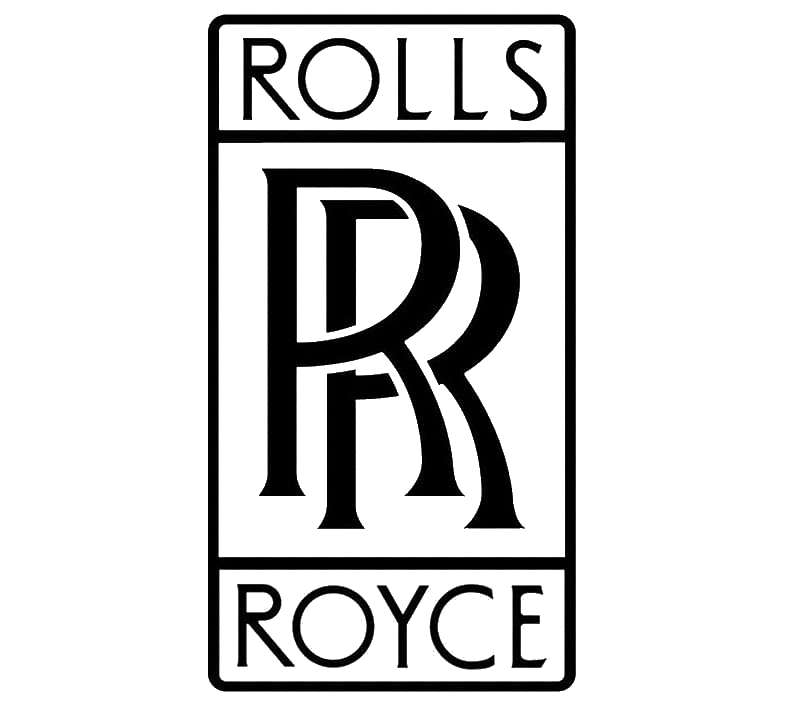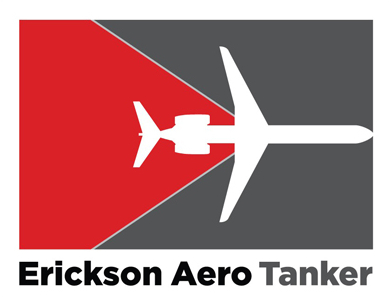Lockheed P-80 Shootingstar
| Role | Jet fighter |
|---|---|
| National origin | United States |
| Manufacturer | Lockheed Corporation |
| Designer | Clarence "Kelly" Johnson |
| First flight | 8 January 1944 |
| Introduction | 1945 |
| Retired | 1959 (United States)1974 (Chile) |
| Primary users | United States Air Force United States Navy |
| Produced | 1945–1950 |
| Number built | 1,715 |
| Developed into | Lockheed T-33 Shooting Star Lockheed F-94 Starfire |
.
History Lockheed Aicraft Company
Lockheed P-80 Shootingstar

The Lockheed P-80 Shooting Star was the first jet fighter used operationally by the United States Army Air Forces (USAAF) during World War II. Designed and built by Lockheed in 1943 and delivered just 143 days from the start of design, production models were flying, and two pre-production models did see very limited service in Italy just before the end of World War II. Designed with straight wings, the type saw extensive combat in Korea with the United States Air Force (USAF) as the F-80.
America's first successful turbojet-powered combat aircraft, it was soon outclassed with the appearance of the swept-wing transonic MiG-15 and was quickly replaced in the air superiority role by the transonic F-86 Sabre. The F-94 Starfire, an all-weather interceptor using the same airframe, also saw Korean War service. The closely related T-33 Shooting Star trainer remained in service with the U.S. Air Force and Navy well into the 1980s, with the last NT-33 variant not retired until April 1997.
Design and development


0
KmCeiling
0
KmRange
0
km/hAircraft Speed
0
Max Crew
Photo Gallery
Lockheed Aicraft Company
Lockheed P-80 Shootingstar Lulu-Belle


Lockheed Aicraft Company Lockheed P-80 Shootingstar Lulu-Belle
General characteristics
-
- Crew: 1
- Length: 34 ft 5 in (10.49 m)
- Wingspan: 38 ft 9 in (11.81 m)
- Height: 11 ft 3 in (3.43 m)
- Wing area: 237.6 sq ft (22.07 m2)
Powerplant
-
- Empty weight: (3,819 kg)
- Gross weight: (5,534 kg)
- Max takeoff weight: (7,646 kg)
- Powerplant: 1 × Allison J33-A-35 centrifugal compressor turbojet, 4,600 lbf (20 kN) thrust dry
-
-
- 5,400 lbf (24 kN) with water injection
-
Specifications
-
- Maximum speed: 594 mph (956 km/h, 516 kn) at sea level
- Maximum speed: Mach 0.76
- Cruise speed: 439 mph (707 km/h
- Range: (1,328 km, 717 nmi)
- Ferry range: (2,220 km,
- Service ceiling: (14,300 m)
Performance
- Guns: 6 × 0.50 in (12.7mm) M3 Browning machine guns (300 rpg)
- Rockets: 8 × 127 mm (5.00 in) HVAR unguided rockets
- Bombs: 2 × 1,000 lb (450 kg) bombs
-
Links to Youtube & Others
Lockheed T-33 Shooting Star Lockheed also produced a two-seat trainer variant with a longer fuselage, the T-33, which remained in production until 1959 and was produced under license in Japan and Canada. The trainer was used by more than 20 countries. A total of 6,557 T-33s were built and some are still flying. Lockheed F-94 Starfire Two TF-80Cs were modified as prototypes for the F-94 Starfire, an all-weather fighter produced in three variants.
Lockheed Company
P-80 Shootingstar
Shooting Stars first saw combat service in the Korean War.
Youtube Link
Shooting Stars first saw combat service in the Korean War, and were among the first aircraft to be involved in jet-versus-jet combat.













.svg.png)